
Ingredient
Senna leaves
The Natural Laxative: Unveiling the Power of Senna Leaves
Senna leaves are characterized by their elongated shape, vibrant green color, and slightly bitter taste. They possess a delicate texture and are often dried and crushed into a fine powder for various applications. When brewed as a tea, Senna leaves release a distinct aroma and produce a golden-hued infusion.
Origins and history
Senna leaves have a rich historical background, originating from the regions of Egypt and Sudan. They have been utilized for their medicinal properties since ancient times, with evidence of their use dating back to the 9th century. Senna leaves were highly valued in traditional Ayurvedic and Chinese medicine for their ability to promote digestive health and alleviate constipation.
Nutritional information
Senna leaves are low in calories and do not provide significant amounts of essential nutrients. However, they are rich in compounds called anthraquinones, which contribute to their laxative effects.
Allergens
Senna leaves may cause allergic reactions in some individuals, particularly those who are sensitive to plants in the Fabaceae family. It is advisable to exercise caution and consult a healthcare professional if you have known allergies.
How to select
When selecting Senna leaves, opt for those that are vibrant green in color and free from any signs of discoloration or damage. Choose leaves that are whole and intact, as they indicate freshness and quality.
Storage recommendations
To maintain the freshness and potency of Senna leaves, store them in an airtight container in a cool, dry place away from direct sunlight. Properly stored, they can retain their quality for up to one year.
How to produce
Senna leaves can be grown by planting Senna seeds in well-drained soil and providing adequate sunlight and water. However, it is important to note that cultivating Senna plants requires specific knowledge and expertise.
Preparation tips
To prepare Senna leaves for consumption, steep 1-2 teaspoons of dried leaves in a cup of hot water for 10-15 minutes. Strain the infusion and sweeten with honey or lemon if desired. It is important to follow recommended dosage guidelines and consult a healthcare professional before regular use.
Culinary uses
Senna leaves are primarily used for their medicinal properties and are commonly brewed into herbal teas or incorporated into herbal blends to promote digestive health and relieve constipation. They are not typically used as a culinary ingredient.
Availability
Senna leaves are commonly available in regions where the Senna plant is cultivated, including Egypt, Sudan, India, and parts of Southeast Asia.
More ingredients from this category » Browse all
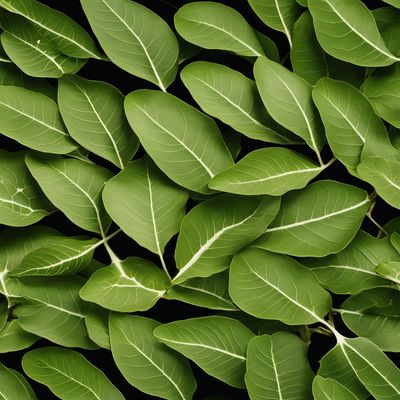
Baobab leaves
The Nutritional Powerhouse: Baobab Leaves Unveiled
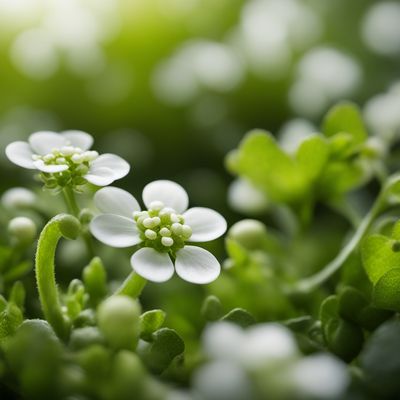
Scurvy-grass
The Citrusy Herb
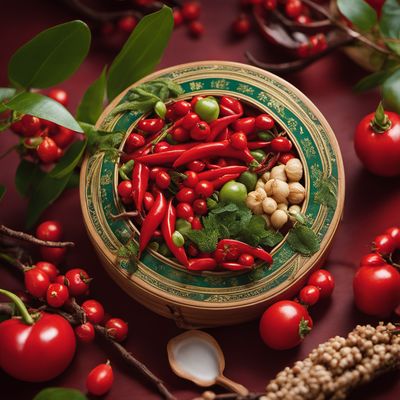
Box thorn
Nature's Tang

Plantain leaves
Versatile Wrapping Material

Nightshade, black
The Dark Delight: Unveiling the Secrets of Black Nightshade

Jew's mallow leaves
The Nutritional Powerhouse: Jew's Mallow Leaves
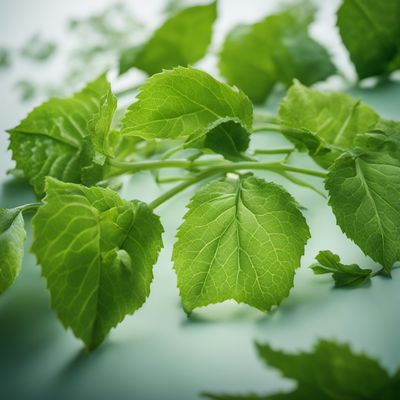
Balsam pear leaves
The Healing Power of Balsam Pear Leaves

Pepper leaves
The Leafy Delight: Unveiling the Hidden Potential of Pepper Leaves
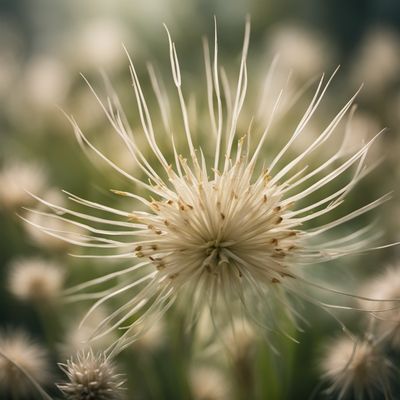
Salsify leaves
The Verdant Delight: Unveiling the Hidden Potential of Salsify Leaves
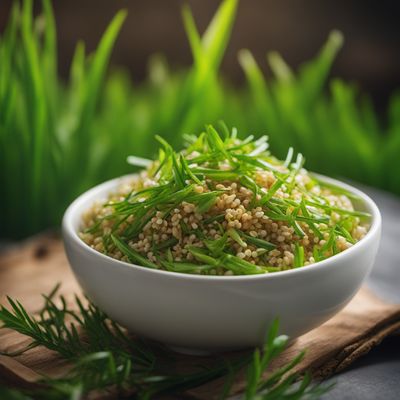
Melientha grass
The Fragrant Herb: Unveiling the Wonders of Melientha Grass
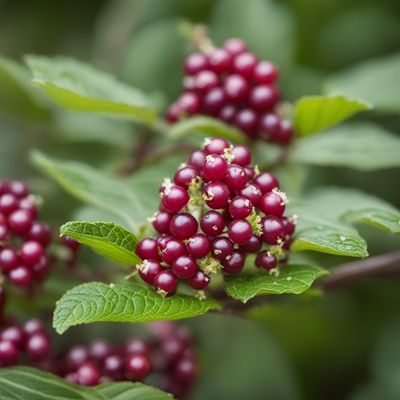
Pokeweed
The Wild Wonder: Pokeweed

Marsh marigold leaves
The Golden Herb